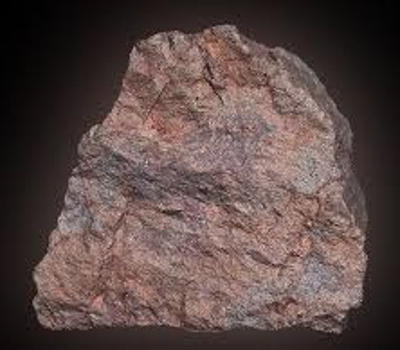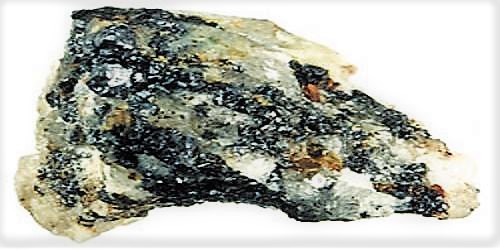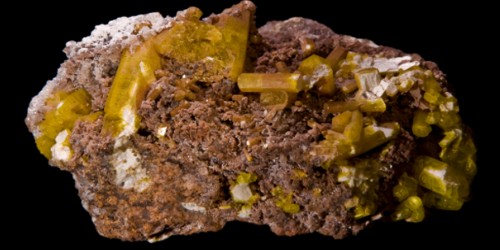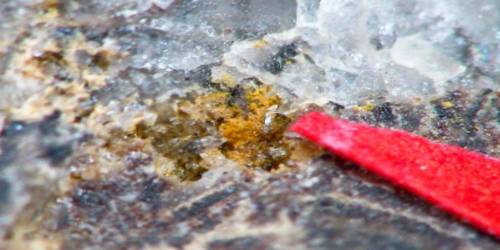Mohite is a copper-tin sulfide mineral with the chemical formula Cu2SnS3. It is a triclinic-pedial greenish-gray mineral containing copper, sulfur, and tin. It is of hydrothermal origin and occurs associated with tetrahedrite, famatinite, kuramite, mawsonite, and emplectite in the type locality in Uzbekistan. It has also been reported from Salamanca Province, Spain; the Organullo Mining District of Salta Province, Argentina; and the Delamar Mountains of Lincoln County, Nevada, US.
“Mohite is a triclinic-pedial greenish-gray mineral containing copper, sulfur, and tin. It was first described in 1982 for an occurrence in the Chatkal-Kuramin Mountains of eastern Uzbekistan.”
General Information
- Category: Sulfide mineral
- Formula: (repeating unit) Cu2SnS3
- Crystal system: Monoclinic
- Crystal class: Domatic (m) (same H-M symbol).

Mohite – a copper-tin sulfide mineral
Properties
It is colored greenish-gray and leaves a gray streak. It is opaque and has a metallic luster. Its crystal system is triclinic pedial. It is rated 4 on the Mohs Scale and has a specific gravity of 4.86.
- Color: Gray with a greenish tint
- Crystal habit: Microscopic grains
- Mohs scale hardness: 4
- Luster: Metallic
- Streak: Gray
- Diaphaneity: Opaque
- Specific gravity: 4.86 (calculated)
Occurrence: Of hydrothermal origin.
Mohite was first described in 1982 for an occurrence in the Chatkal-Kuramin Mountains of eastern Uzbekistan. It was named after Günter Harald Moh (1929–1993), University of Heidelberg.
Association: Tetrahedrite, famatinite, kuramite, mawsonite, emplectite (Kochbulak deposit, Uzbekistan).
















